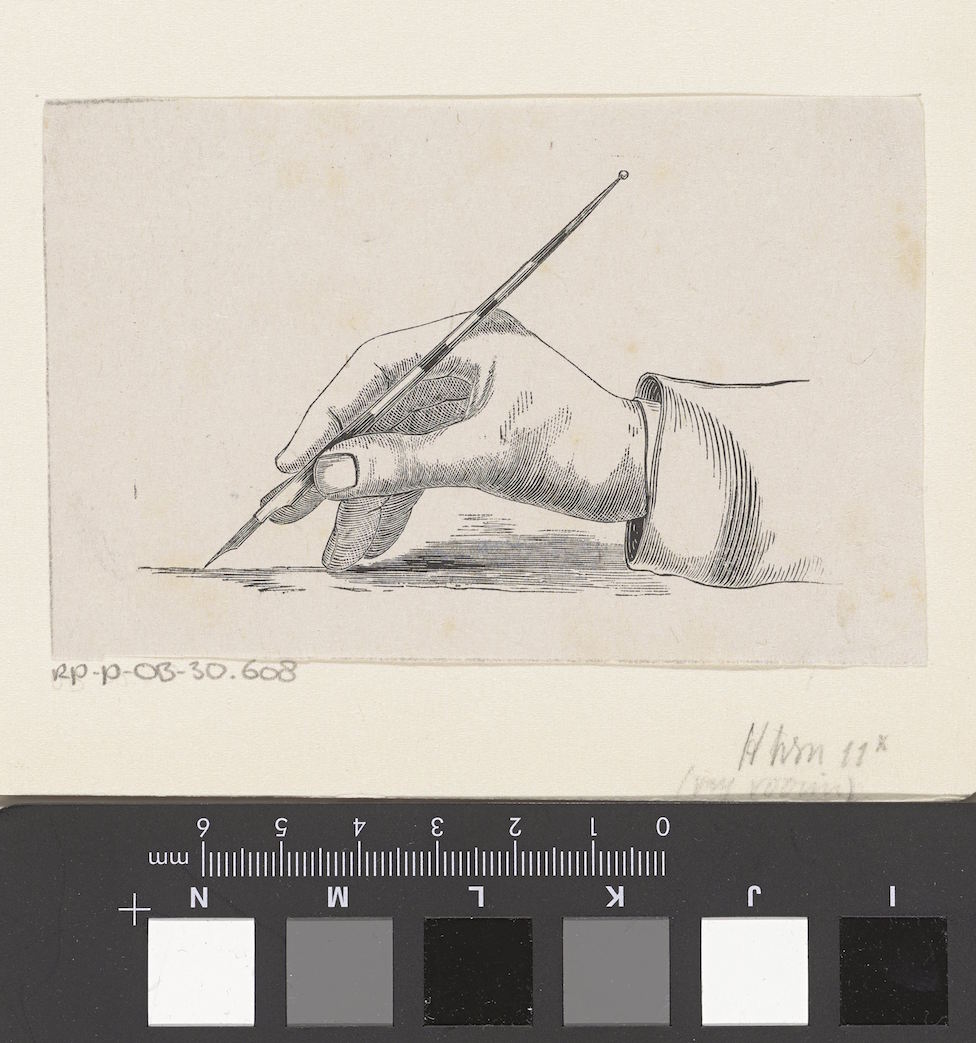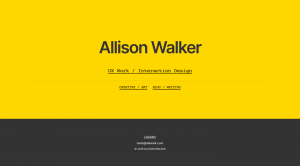Portfolio Updates
I’ve made several adjustments to my portfolio. I’ve already started another post detailing the changes, so I won’t go into much detail now. But one change was to update the website index page. Instead of the yellow and dark gray, with Courier font, I updated the page to stick with all Inter font and emphasized the portfolio link. I may change it again, but I prefer the gradient gray over the yellow.
Courses and Educational Film
 The Dynamics of Desegregation
The Dynamics of Desegregation
Over the past few months, I’ve been watching The Dynamics of Desegregation which is available via my local PBS station. This series originally aired in 1962 and 1963 as a 15-part “intensive study of race relations in the United States.” It is hosted by Thomas F. Pettigrew, PhD, who was then Harvard psychology professor. He is now at the University of California, Santa Cruz.
3 MOOCS
In the past few years, most of the online courses I’ve completed have been about tech, business, or design. While I find these courses valuable for work, I do sometimes wonder what I’m not learning. Serendipitously, due to the lockdowns, ClassCentral sent an email about courses and I decided to try some new topics. Here are three courses I’ve completed, or almost finished:
1. ChinaX: Creating Modern China on EdX
I’ve always been interested in Chinese history, but this is truly one of the most interesting courses I’ve even taken, anywhere. The 5-parts are:
- Modern China’s Foundations: The Manchus and the Qing
- Invasions, Rebellions, and the Fall of Imperial China
- Creating Modern China: The Republican Period to the Present
- China and Communism
- Contemporary China: The People’s Republic, Taiwan, and Hong Kong
I suppose I selected this course on modern China because I have been hearing about the country so much in the news media and from government officials, who I assume are biased. I wanted to form my own opinions about the country. I also took it because I know the history of modern China had a communist period. Supposedly the country is still communist, but given the people I’ve met, the stories I’ve heard about the growing wealth in China, and how aggressive China is towards developing technology, I wasn’t so sure.
Anyway, it’s a fascinating course. I highly recommend it. This series is Part 2. Part 1 is about pre-history of China and the earlier dynasties.
2. Design: Creation of Artifacts in Society on Coursera
This course is from the University of Pennsylvania. It’s focused on the design of physical artifacts. I really enjoyed the breakdown of solving design problems by breaking them down into separate issues and using charts to deciding which prototype to progress into the next stage. It’s much more professionally focused than the others.
Given the circumstances, where I’m not really going out and not able to talk with friends, I did not attempt to create an artifact. But I did appreciate the lectures and hopefully I can come back to this in the future.
3. Sheep in the Land of Fire and Ice on EdX
“This short course discusses the sustainability of sheep grazing in Iceland and explores how history, socioeconomic factors and environmental conditions have shaped the management of grazing resources.”
I tell anyone who will listen about my dreams of farming sheep and/or goats. When I saw this short course from the University of Iceland, on a topic related to sheep, I figured I should try it.
What I learned is that because Iceland’s soil is volcanic, it is prone to erosion when the native plants that keep the soil together are destroyed by overgrazing or by too many sheep that simply crush the plants. There was more information about the history of Iceland, sheep farming, and geography. Needless to say, I will never be a sheep farmer on Iceland.
You can also learn more at sheepfireice.org.
Personal
Last time I did a post like this, I mentioned finishing “Flights”, by Olga Tokarczuk. Since then, I’ve finished:
- The Poison Squad: One Chemist’s Single-Minded Crusade for Food Safety at the Turn of the Twentieth Century, by Deborah Blum (read by Kirsten Potter, who read White Trash). Article from Eater. This story essentially chronicles the beginnings of what became the FDA. And, I’ve learned in writing this, that The Poison Squad was also the subject of a documentary from PBS.
- Skim, by Mariko Tamaki
- A History of the World in 6 Glasses, by Tom Standage
- Children of Blood and Bone, (Legacy of Orïsha, #1), by Tomi Adeyemi
- Educated, by Tara Westover – Gates Notes
Food-wise, it’s now summer which means I don’t use the oven much. Due to the lockdowns, I also haven’t been buying fresh milk too much. I’ve switched to non-fat dry milk and almond milk because they are more shelf stable, reducing my trips to the grocery. It turns out I really enjoy almond milk in my iced coffee.
Image credit: Hand schrijvend met een kroontjespen, by Isaac Weissenbruch, 1836 – 1912, paper, h 72mm × w 113mm — View original at Rijksmuseum.nl
(I believe the title is translated as ‘Hand writing with a dip pen’.)












